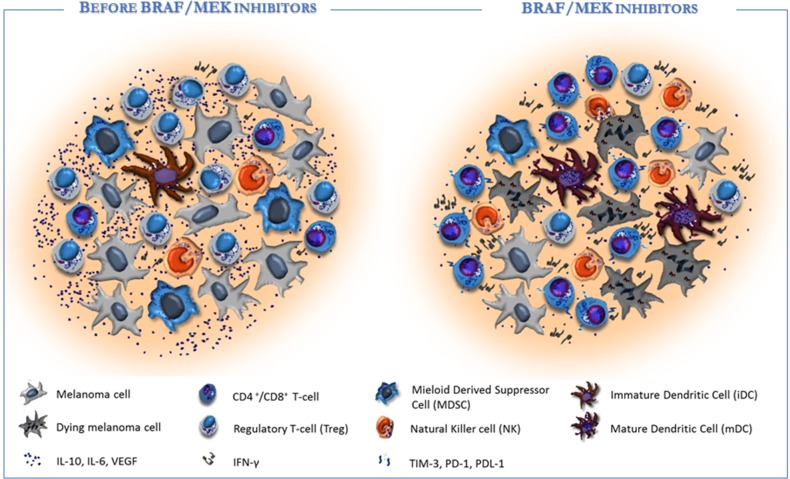Figure 2. Targeted therapy affects the tumor microenvironment in favour of immune re-activation.
Left: Melanoma progression includes many pathogenetic and molecular events which contribute to the ineffective anti-tumor immunity. Melanoma microenvironment is enriched of immune-suppressive cytokines (e.g., IL-10, IL-6; TGF-β and VEGF) that drive the infiltration of immunosuppressive cells (e.g. Treg and MDSC), while impair the antigen processing machinery by DCs and the anti-tumor effect by T-cells and NK cells. Right: BRAF/MEK inhibitors exert direct anti-melanoma activity and restore the tumor immunogenicity within the microenvironment. Particularly, the targeted therapy induces the production of melanoma specific neo-antigens and hampers the immunosuppressive signals, thus restoring antigen presentation by DCs and T-cell mediated cytotoxicity. As a consequence, T-cells and NK cells increase nearby tumor, while Tregs and MDSC are strongly impaired. In addition, BRAF inhibitors may also condition tumor microenvironment in support of immunotherapy by inducing the expression of effector cell exhaustion molecules (e.g. PD-1 and TIM-3) on immune cells or PD-L1 on tumor cells.

